Home>Articles>Where Can An HVAC System Smoke Control Mode Be Controlled From?
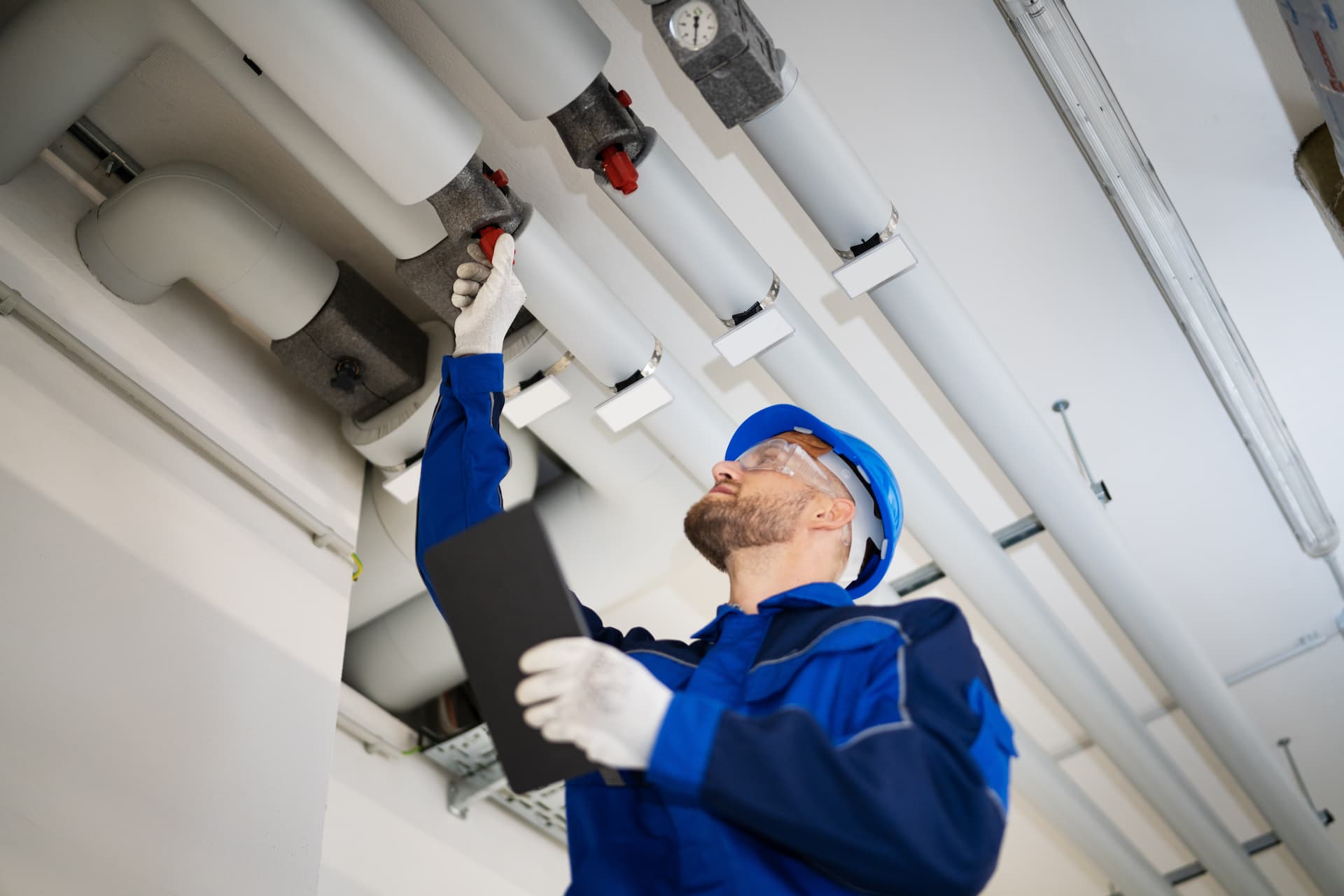

Articles
Where Can An HVAC System Smoke Control Mode Be Controlled From?
Modified: December 7, 2023
Discover the key control locations for HVAC system smoke control mode in this informative articles. Find out where you can control them and optimize your smoke control system for safety.
(Many of the links in this article redirect to a specific reviewed product. Your purchase of these products through affiliate links helps to generate commission for Storables.com, at no extra cost. Learn more)
Introduction
Welcome to this comprehensive guide on HVAC system smoke control mode and its various control options. Smoke control is a critical aspect of building safety, particularly in commercial and residential spaces. An HVAC (Heating, Ventilation, and Air Conditioning) system plays a crucial role in smoke control during emergencies, such as fires. Understanding how the smoke control mode works and where it can be controlled from is essential for not only building owners and facility managers but also for individuals who want to ensure the safety of their properties.
In this article, we will explore the concept of HVAC system smoke control mode and examine the control points and options available. Whether you are a building professional, a safety officer, or a curious reader, this information will equip you with the knowledge necessary to make informed decisions regarding smoke control in HVAC systems.
Before we dive into the details, let’s briefly understand what the smoke control mode in an HVAC system entails. When a fire breaks out, smoke can quickly spread throughout a building, posing a significant threat to occupants and property. The smoke control mode activates specific settings in the HVAC system to prevent the circulation of smoke and facilitate the safe evacuation of individuals.
Now that we have established the importance of HVAC system smoke control mode, let’s explore the control points and options available for managing this critical safety feature.
Key Takeaways:
- Effective smoke control in HVAC systems is achieved through a combination of control points, including the building management system, fire alarm control panel, local HVAC system control, and remote HVAC system control. This multi-faceted approach ensures swift and synchronized response to fire emergencies, enhancing building safety.
- The integration of control options, such as air supply shutdown, airflow reversal, exhaust system activation, and fresh air intake, provides building operators with the flexibility to tailor smoke control measures to specific building and fire conditions. Leveraging these options maximizes the safety and well-being of occupants during fire emergencies.
Read more: Where Is The HVAC Control Board Located
HVAC System Smoke Control Mode Overview
The HVAC system smoke control mode is designed to prevent the movement and circulation of smoke within a building during a fire emergency. By activating this mode, the HVAC system takes specific actions to isolate affected areas, contain smoke, and maintain a safe environment for occupants.
In smoke control mode, the HVAC system typically shuts down the air supply to the affected area or redirects the airflow to minimize smoke infiltration into other parts of the building. This prevents the spread of smoke and helps create a clear pathway for evacuation.
Smoke control mode also involves controlling the ventilation system to exhaust smoke and bring in fresh air from designated areas. By directing the airflow strategically, the HVAC system can aid in removing smoke and minimizing the potential for smoke inhalation.
It’s important to note that the activation of the smoke control mode may vary depending on the specific building’s fire safety design and system integration. The control points and options for managing HVAC system smoke control mode can differ, depending on factors such as building size, occupancy type, and system complexity.
Now, let’s delve deeper into the control points and options available for HVAC system smoke control mode.
Control Points for HVAC System Smoke Control Mode
The control points for HVAC system smoke control mode dictate where the activation and management of the smoke control mode can be controlled from. These control points allow building operators, facility managers, or fire safety professionals to initiate and monitor the smoke control process effectively. Let’s explore the main control points:
- Building Management System (BMS): The BMS serves as the central control point for various building systems, including the HVAC system. It allows the integration and coordination of smoke control functions with other safety systems, such as fire alarms and emergency lighting. Through the BMS, authorized personnel can activate the smoke control mode, monitor its status, and make necessary adjustments.
- Fire Alarm Control Panel (FACP): In many buildings, the fire alarm control panel plays a crucial role in smoke control. When a fire is detected by the fire alarm system, it can trigger the smoke control mode in the HVAC system. The FACP communicates with the HVAC controls to shut down air supplies, redirect airflow, and activate exhaust systems. Integration between the FACP and HVAC controls ensures a swift response to fire emergencies.
- Local HVAC System Control: Some HVAC systems include dedicated control panels installed at strategic locations within the building. These control panels allow localized control over the HVAC system’s smoke control mode. Authorized individuals can manually activate or deactivate the smoke control mode for specific areas or floors, depending on the severity and location of the fire.
- Remote HVAC System Control: In larger buildings or complexes, remote control capabilities are often essential for efficient smoke control. Remote control interfaces, accessible from a central command center, allow remote monitoring and management of the HVAC system’s smoke control mode. This feature enables prompt action, even from a distance, ensuring a swift response to changing fire conditions.
By having multiple control points for HVAC system smoke control mode, building operators have flexibility and redundancy in managing smoke control during emergencies. It also ensures that authorized personnel can initiate quick actions, monitor the status of the HVAC system, and make necessary adjustments for effective smoke containment and evacuation.
Now that we have explored the various control points, let’s move on to the options available for managing HVAC system smoke control mode.
Control Options for HVAC System Smoke Control Mode
The control options for HVAC system smoke control mode provide flexibility and customization in managing smoke containment during fire emergencies. These options allow building operators and fire safety professionals to tailor the HVAC system’s response based on the specific needs of the building and fire conditions. Let’s take a closer look at the control options available:
- Air Supply Shutdown: One of the primary control options is the shutdown of air supply to the affected area. By closing dampers or shut-off valves, the HVAC system prevents the circulation of smoke. This option helps contain the smoke, limiting its spread to other areas of the building.
- Airflow Reversal: In certain situations, it may be necessary to redirect the airflow to create a negative pressure zone in the affected area. This is achieved by reversing the direction of supply and return air in the HVAC system. The negative pressure helps prevent smoke from escaping the affected area, reducing its infiltration into adjacent spaces.
- Exhaust System Activation: Another control option is the activation of dedicated exhaust systems to remove smoke from the affected area. These exhaust systems can be integrated with the HVAC controls and triggered when the smoke control mode is activated. By rapidly removing smoke, this option aids in maintaining clear evacuation routes and improving the overall safety of the building.
- Fresh Air Intake: In addition to containing smoke, ensuring a supply of fresh air is crucial during fire emergencies. The HVAC system can be programmed to draw in fresh air from designated areas, providing a safe breathing environment for occupants. Controlling the intake of fresh air helps maintain a balance between smoke containment and air quality.
These control options can be configured and adjusted based on the specific requirements of the building and fire safety standards. Building management systems, fire alarm control panels, and local or remote HVAC system controls provide the means to activate and manage these control options effectively in real-time.
It’s essential to work with experienced professionals familiar with smoke control regulations and guidelines to ensure that the HVAC system’s control options align with the specific building’s safety objectives.
With a variety of control options available, building operators can implement a tailored approach to HVAC system smoke control mode, maximizing the safety and well-being of building occupants during fire emergencies.
Next, let’s discuss the importance of the building management system in controlling HVAC system smoke control mode.
Building Management System Control
The building management system (BMS) plays a vital role in controlling HVAC system smoke control mode. As the central control point for various building systems, including the HVAC system, the BMS enables the integration and coordination of smoke control functions with other safety systems.
Through the BMS, authorized personnel have the ability to activate and monitor the smoke control mode effectively. They can access a centralized interface that provides real-time feedback on the status of the HVAC system’s smoke control functions. This includes information on air supply shutdown, airflow reversal, exhaust system activation, and fresh air intake.
Building operators can conveniently manage the HVAC system’s smoke control mode through the BMS. They can initiate the activation of the smoke control mode in case of a fire or emergency, ensuring swift action to protect occupants and minimize damage. In addition, the BMS allows for remote monitoring of the HVAC system, enabling personnel to make necessary adjustments and ensure the effectiveness of smoke control measures.
Integration with the BMS also allows for seamless coordination between the HVAC system and other safety systems, such as fire alarms and emergency lighting. In the event of a fire detection, the BMS can automatically trigger the smoke control mode in the HVAC system, initiating the necessary actions to contain smoke and protect occupants.
Furthermore, the BMS provides a centralized platform for storing and analyzing data related to smoke control. This includes logging information on smoke control events, system performance, and maintenance records. This data can be invaluable for post-incident analysis, system optimization, and compliance with safety regulations.
Building operators should prioritize ensuring that the BMS is properly configured and maintained to effectively control HVAC system smoke control mode. Regular testing and maintenance of the BMS, in collaboration with qualified professionals, are necessary to ensure its reliability in critical situations.
By leveraging the capabilities of the building management system, building operators can effectively control and monitor the HVAC system’s smoke control mode, enhancing the overall safety and emergency response capabilities of the building.
Now, let’s explore the role of the fire alarm control panel in HVAC system smoke control mode.
The HVAC system smoke control mode can be controlled from the building’s fire alarm control panel. It is important to familiarize yourself with the location and operation of this panel in case of an emergency.
Read more: Where Can I Buy HVAC Parts
Fire Alarm Control Panel
The fire alarm control panel (FACP) is a crucial component in managing HVAC system smoke control mode during fire emergencies. It serves as a central hub for the building’s fire alarm system and plays a pivotal role in coordinating with the HVAC controls to activate the smoke control mode.
When a fire is detected by the fire alarm system, the FACP communicates with the HVAC controls to initiate the necessary actions to contain and control smoke. This includes shutting down air supplies to affected areas, redirecting airflow, and activating exhaust systems to remove smoke from the building.
The integration between the FACP and the HVAC controls ensures a synchronized response to fire emergencies, allowing for swift action to protect occupants and aid in their safe evacuation. The FACP can transmit signals and commands to the HVAC controls in real-time, enabling a rapid and automatic initiation of the smoke control mode.
Furthermore, the FACP provides crucial information to building operators and emergency responders during fire incidents. It can indicate the specific areas where the smoke control mode has been activated and provide updates on the status of the HVAC system’s smoke control functions. This information helps guide evacuation efforts and ensures that the appropriate measures are taken to contain and control smoke effectively.
Building operators should ensure that the FACP is regularly tested, maintained, and updated to ensure its proper functioning during fire emergencies. Collaborating with fire safety professionals and adhering to relevant codes and standards is essential to ensure the reliability and accuracy of the FACP.
In summary, the fire alarm control panel serves as a vital link between the fire alarm system and the HVAC controls in managing the smoke control mode. Its integration and coordination enable a swift and automated response to fire emergencies and aid in maintaining a safe environment for building occupants.
Next, let’s explore the role of local HVAC system control in managing smoke control mode.
Local HVAC System Control
Local HVAC system control refers to the use of dedicated control panels installed at strategic locations within a building to manage the HVAC system’s smoke control mode. These control panels provide localized control over the smoke control functions, allowing authorized individuals to manually activate or deactivate the smoke control mode for specific areas or floors.
Local HVAC system control panels are typically located near the building exits, stairwells, or emergency assembly areas for easy access during fire emergencies. They provide a quick and convenient way to initiate the smoke control mode and implement necessary measures to contain and control smoke.
Authorized personnel, such as security staff or designated fire safety officers, can use the local control panels to activate the smoke control mode when a fire is detected or upon receiving instructions from the fire department. This action initiates air supply shutdown, airflow reversal, exhaust system activation, and fresh air intake, depending on the specific configuration of the HVAC system.
Local HVAC system control panels also allow for manual adjustments and fine-tuning of smoke control measures in real-time. For example, if a specific area experiences elevated levels of smoke due to the fire’s location, the control panels can be used to increase the exhaust capacity or redirect airflows to prioritize smoke containment in that area.
While local HVAC system control provides immediate control over the smoke control mode, it is important to note that it is typically limited to specific areas or floors. For comprehensive smoke control throughout the entire building, integration with the building management system or fire alarm control panel is necessary to ensure a synchronized response across the HVAC system.
Regular training and familiarization with local HVAC system control panels are essential for authorized personnel to effectively and safely manage the smoke control mode. They should understand the various functions available and be aware of any specific protocols or procedures established for their use.
In summary, local HVAC system control panels provide convenient and localized control over the smoke control mode, allowing authorized individuals to initiate and manage smoke control measures for specific areas or floors. Their presence near key evacuation points enhances the overall effectiveness of smoke containment and evacuation efforts.
Next, let’s discuss the option of remote HVAC system control for managing smoke control mode.
Remote HVAC System Control
Remote HVAC system control refers to the capability of managing the HVAC system’s smoke control mode from a centralized command center or control room, typically located away from the building’s premises. This option allows building operators and fire safety professionals to have remote access to the HVAC system’s smoke control functions, providing increased flexibility and efficiency in managing smoke containment during fire emergencies.
Through remote HVAC system control interfaces, authorized personnel can monitor and manage the smoke control mode regardless of their physical location. This feature is particularly beneficial for larger buildings or complexes where quick action and coordination are crucial for effective smoke control.
The remote control interfaces enable authorized personnel to activate and deactivate the smoke control mode, adjust control settings, and monitor the status of the HVAC system’s smoke control functions. This allows for prompt response and adaptation to changing fire conditions without the need for direct physical access to local control panels.
In addition to managing smoke control, remote HVAC system control can provide valuable insights by remotely accessing data and diagnostic information. Operators can analyze system performance, identify areas of improvement, and troubleshoot any issues that may arise during the smoke control process.
The integration of remote HVAC system control with the building management system or fire alarm control panel is essential to ensure seamless coordination. This integration enables the remote interfaces to receive signals and commands from the centralized control systems, ensuring a synchronized response to fire emergencies.
Remote HVAC system control requires robust and secure communication systems to ensure the reliability and security of remote access. Building operators should implement measures such as encrypted connections and restricted access to authorized personnel to protect against unauthorized control or tampering.
Regular training and familiarization with remote HVAC system control interfaces are vital for authorized personnel to optimize their use and ensure effective smoke control management. Knowledge of the system’s capabilities, control options, and procedures for remote access is crucial for swift and accurate decision-making during fire emergencies.
In summary, remote HVAC system control offers building operators and fire safety professionals the ability to manage smoke control mode from a centralized command center. This option enhances flexibility, efficiency, and adaptability in smoke containment efforts, particularly in larger buildings or complexes.
Now that we have explored the control options for managing HVAC system smoke control mode, let’s conclude our article.
Conclusion
Effective control of the HVAC system smoke control mode is crucial for ensuring the safety of occupants and minimizing damage during fire emergencies. By understanding the control points and options available, building operators, facility managers, and fire safety professionals can implement tailored strategies to contain and control smoke effectively.
The building management system (BMS) serves as a central control point, providing integration and coordination of smoke control functions with other safety systems. It allows for the activation and monitoring of the smoke control mode, ensuring a swift and synchronized response to fire emergencies.
The fire alarm control panel (FACP) acts as a crucial link between the fire alarm system and the HVAC controls. It facilitates the automatic activation of the smoke control mode when a fire is detected, coordinating the necessary actions to contain and control smoke within the building.
Local HVAC system control panels provide on-site control, enabling authorized individuals to manually initiate and adjust smoke control measures within specific areas or floors. Remote HVAC system control interfaces enhance flexibility and efficiency, allowing for remote monitoring and management of the smoke control mode from a centralized command center.
By implementing these control options, building operators can optimize the HVAC system’s response to fire emergencies, ensuring the safe evacuation of occupants and minimizing smoke-related damage. Regular testing, maintenance, and training are essential to ensure the reliability and effectiveness of the control systems.
It is important to consult with qualified professionals and adhere to relevant codes and standards when designing and implementing HVAC system smoke control measures. Local regulations and requirements may vary, and it’s crucial to ensure compliance with the specific guidelines applicable to your building.
In conclusion, the proper control and management of the HVAC system smoke control mode are pivotal for the safety of building occupants during fire emergencies. By utilizing the available control points and options discussed in this article, building operators can enhance their preparedness and responsiveness, creating a safer environment for all.
Frequently Asked Questions about Where Can An HVAC System Smoke Control Mode Be Controlled From?
Was this page helpful?
At Storables.com, we guarantee accurate and reliable information. Our content, validated by Expert Board Contributors, is crafted following stringent Editorial Policies. We're committed to providing you with well-researched, expert-backed insights for all your informational needs.
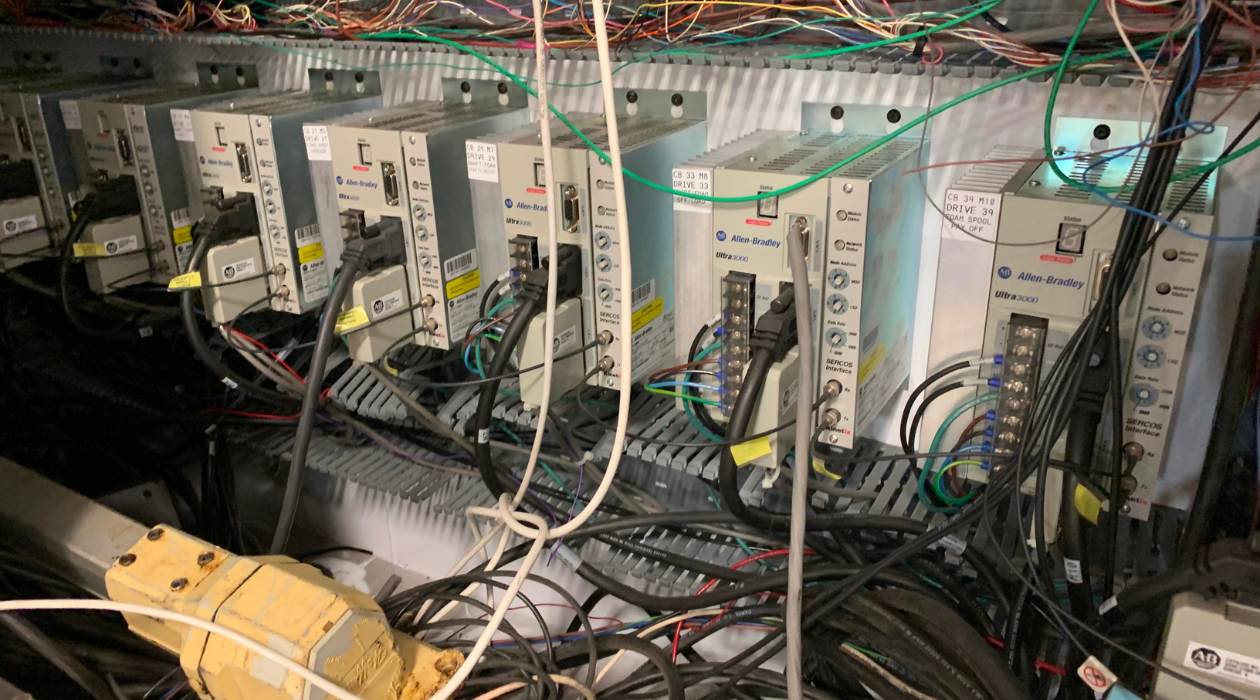
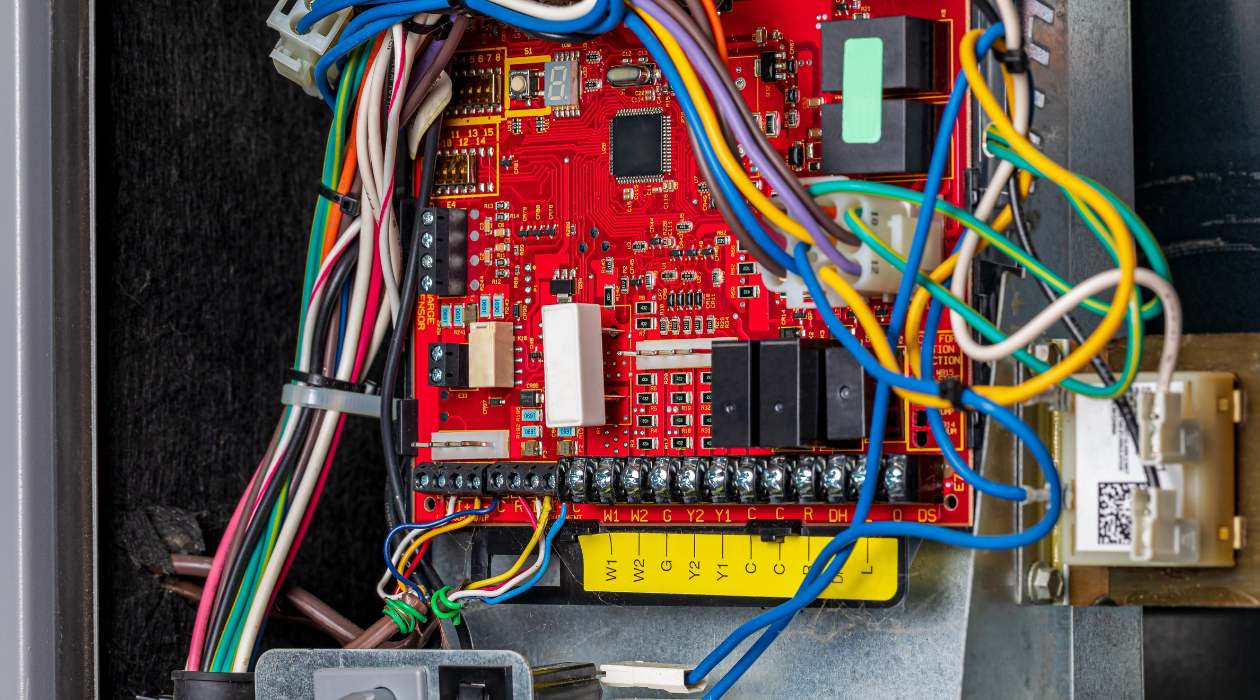
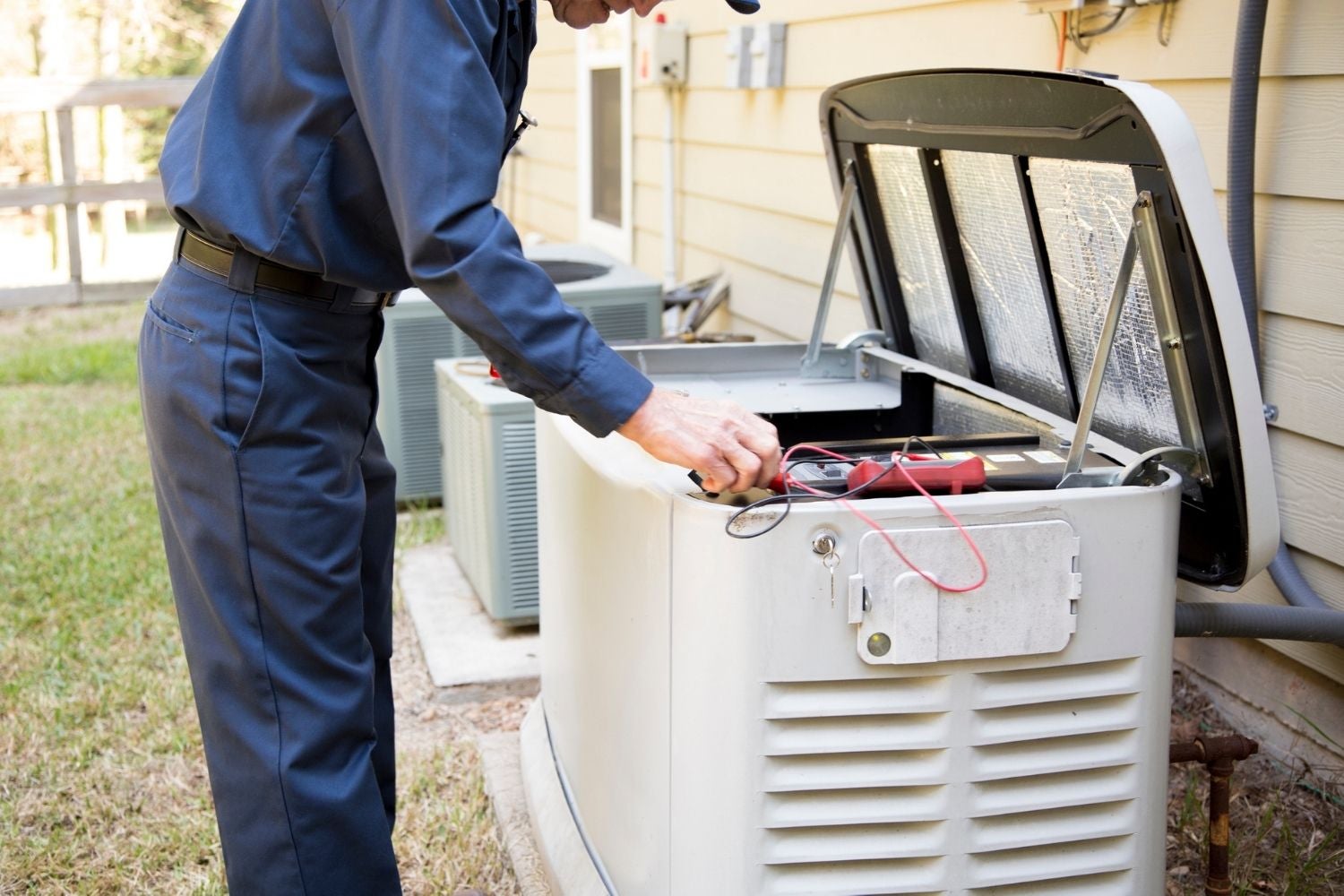
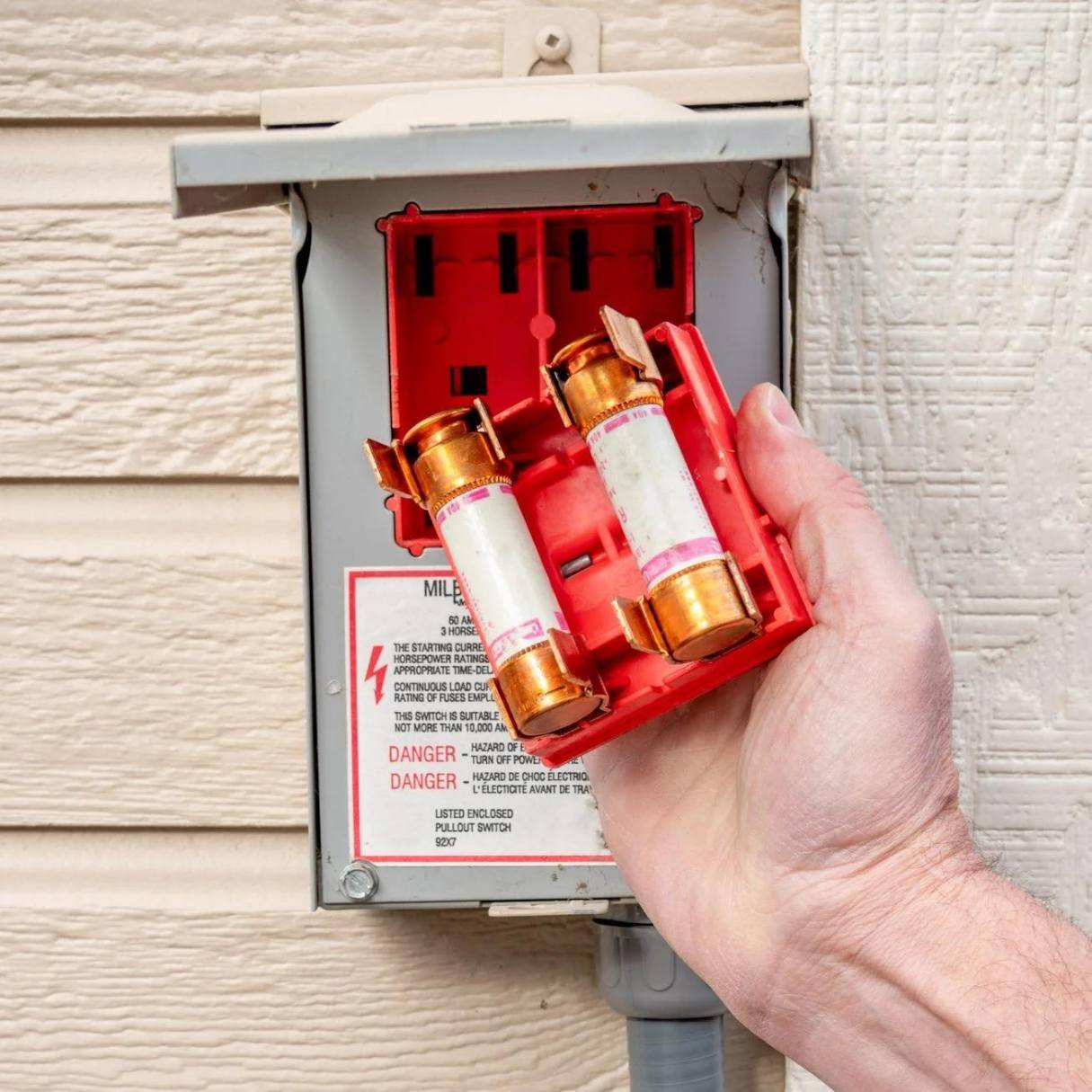
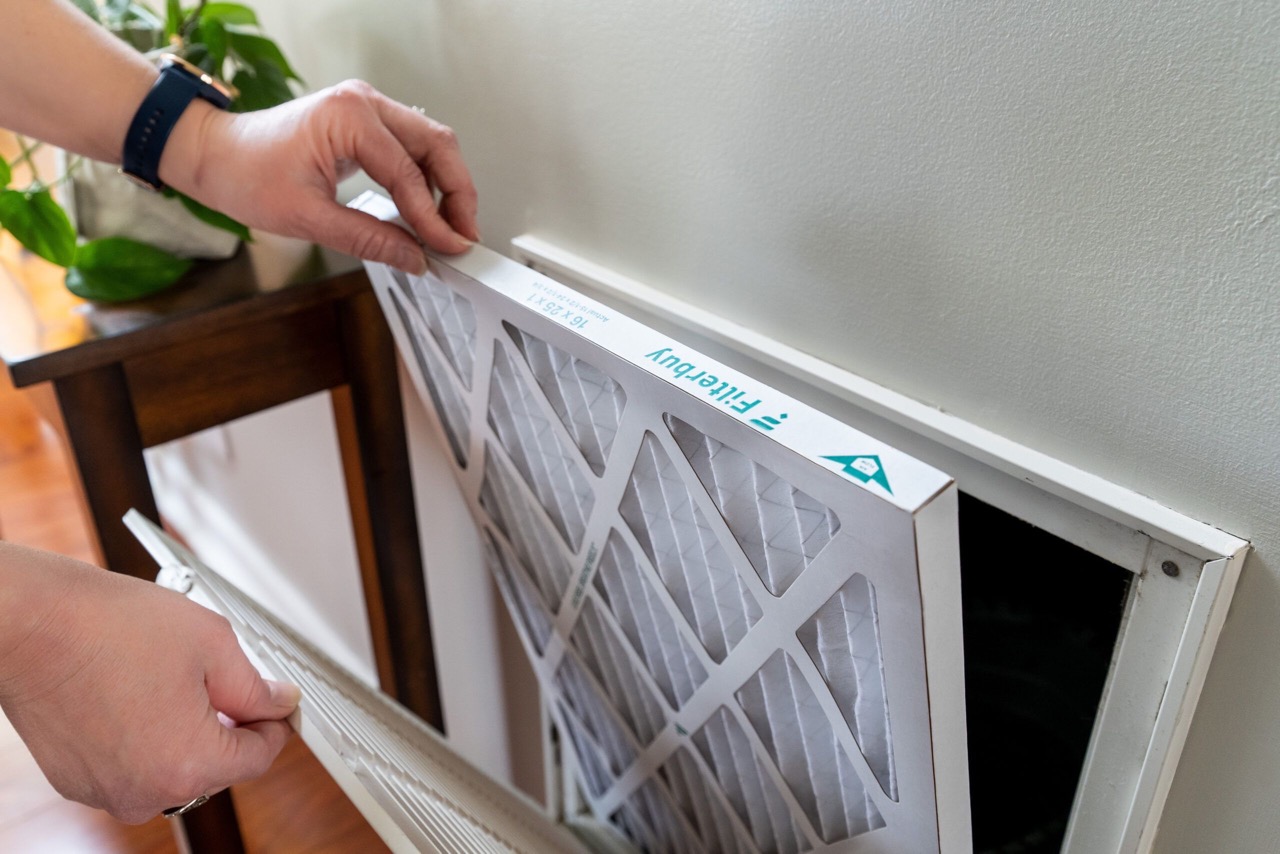
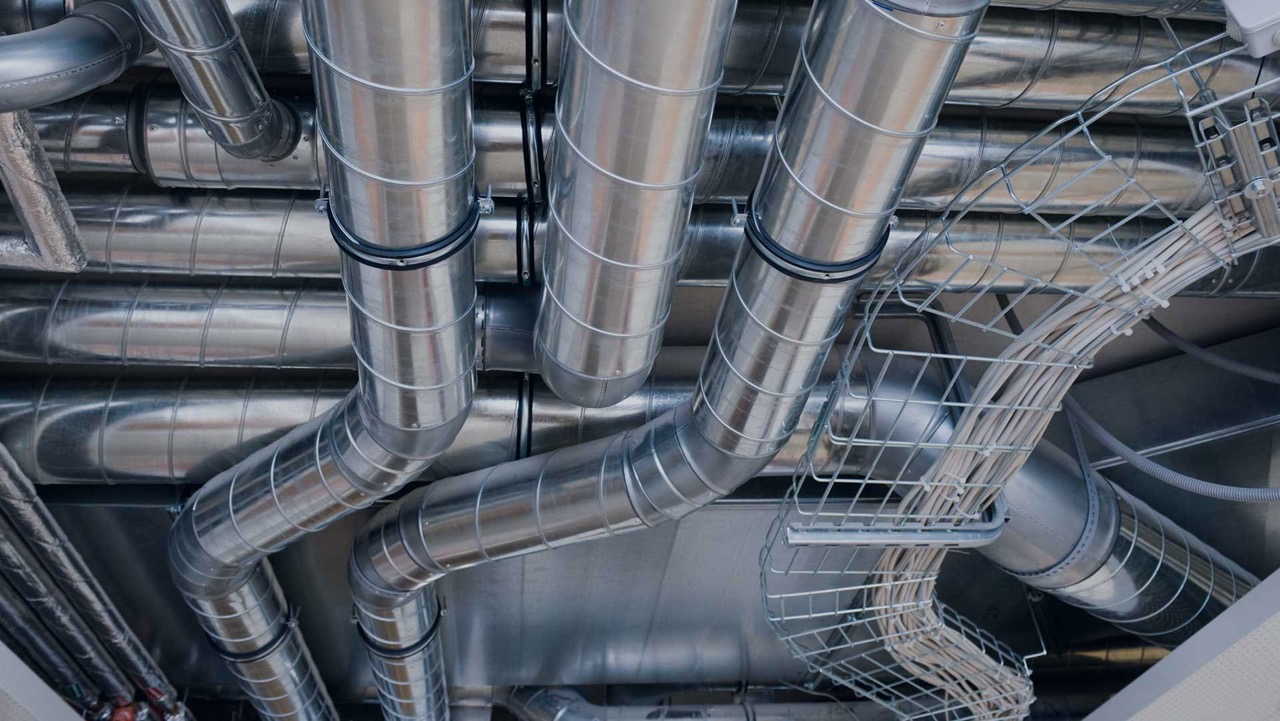
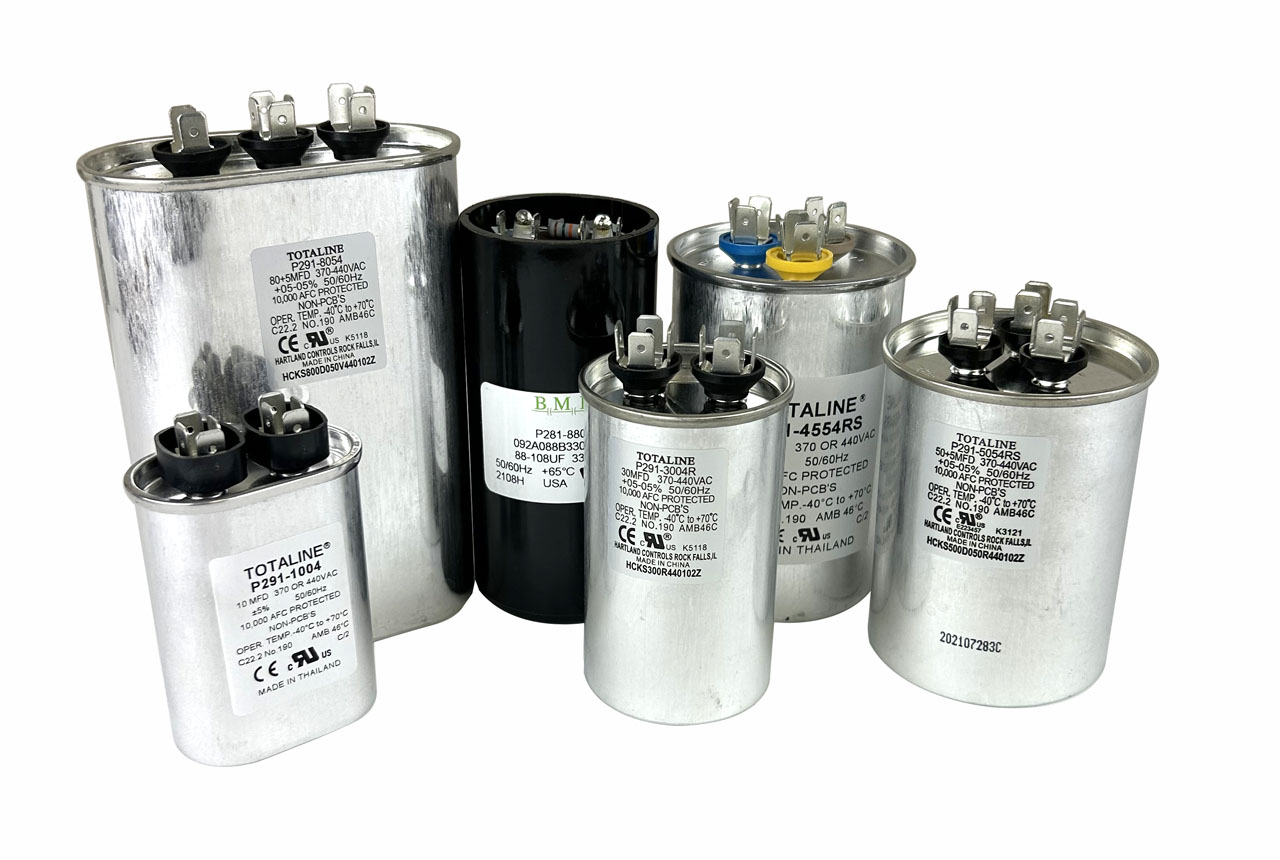
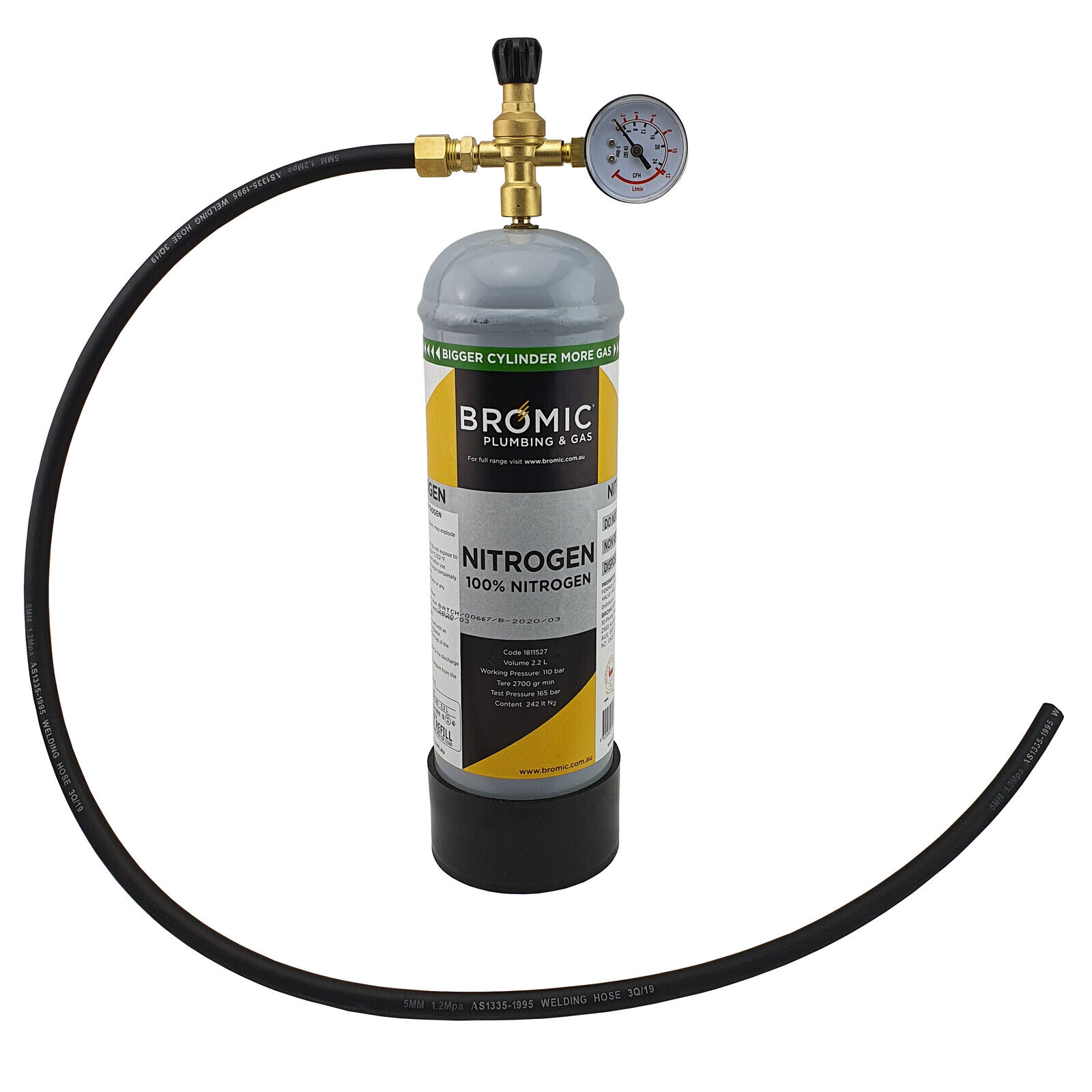

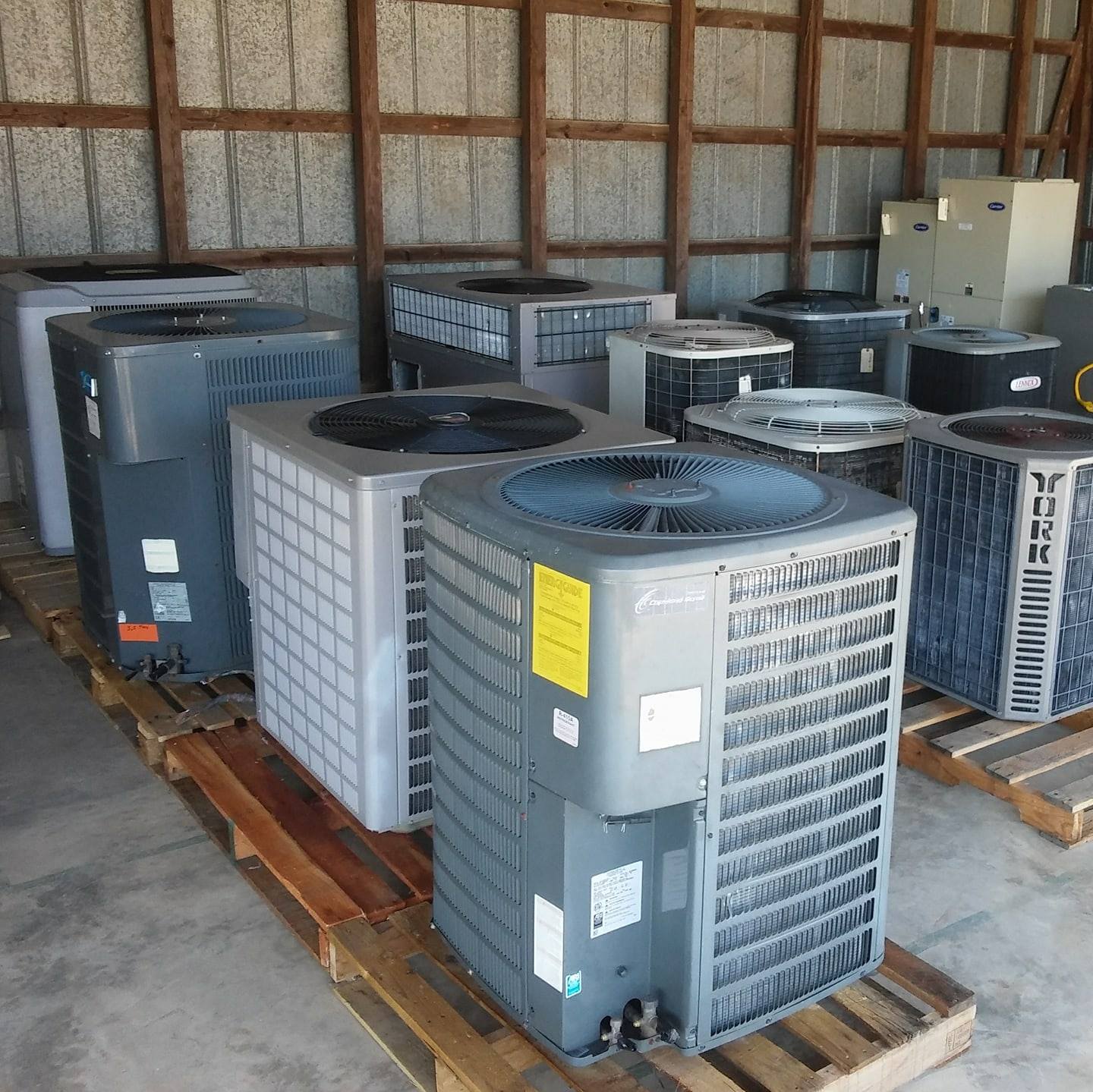
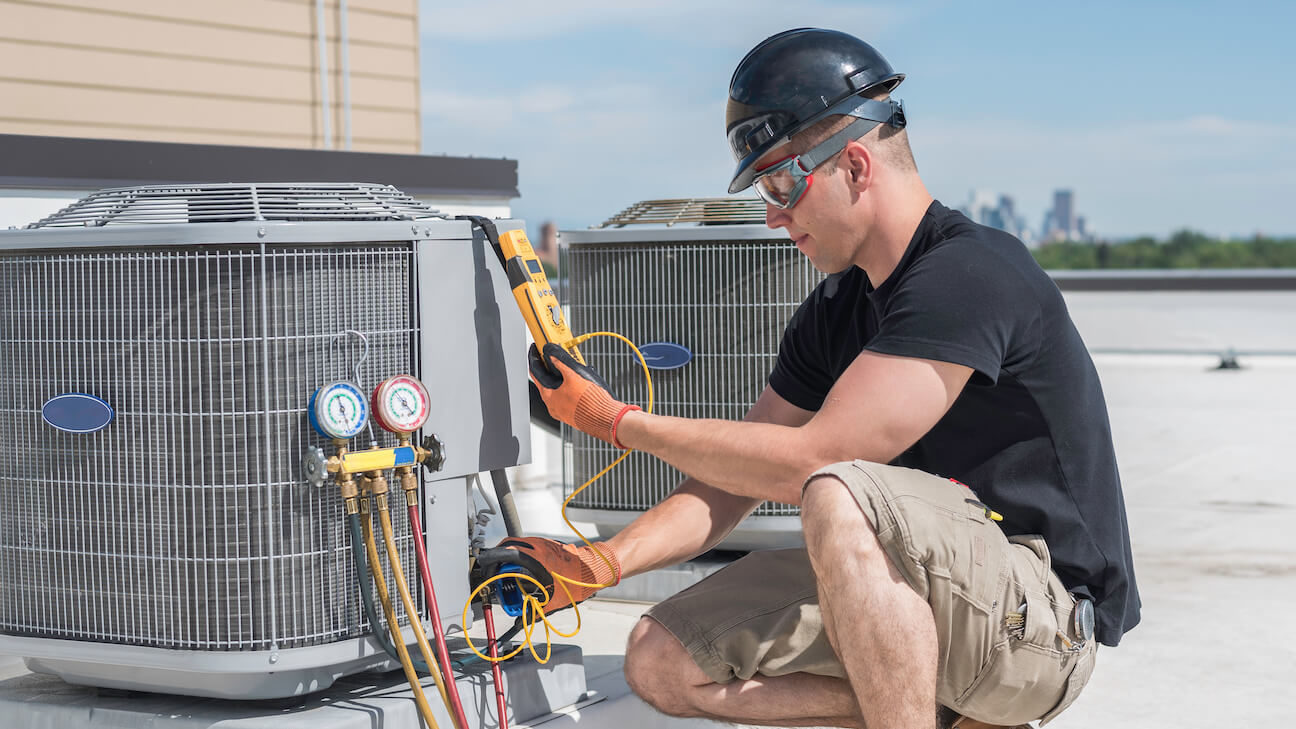

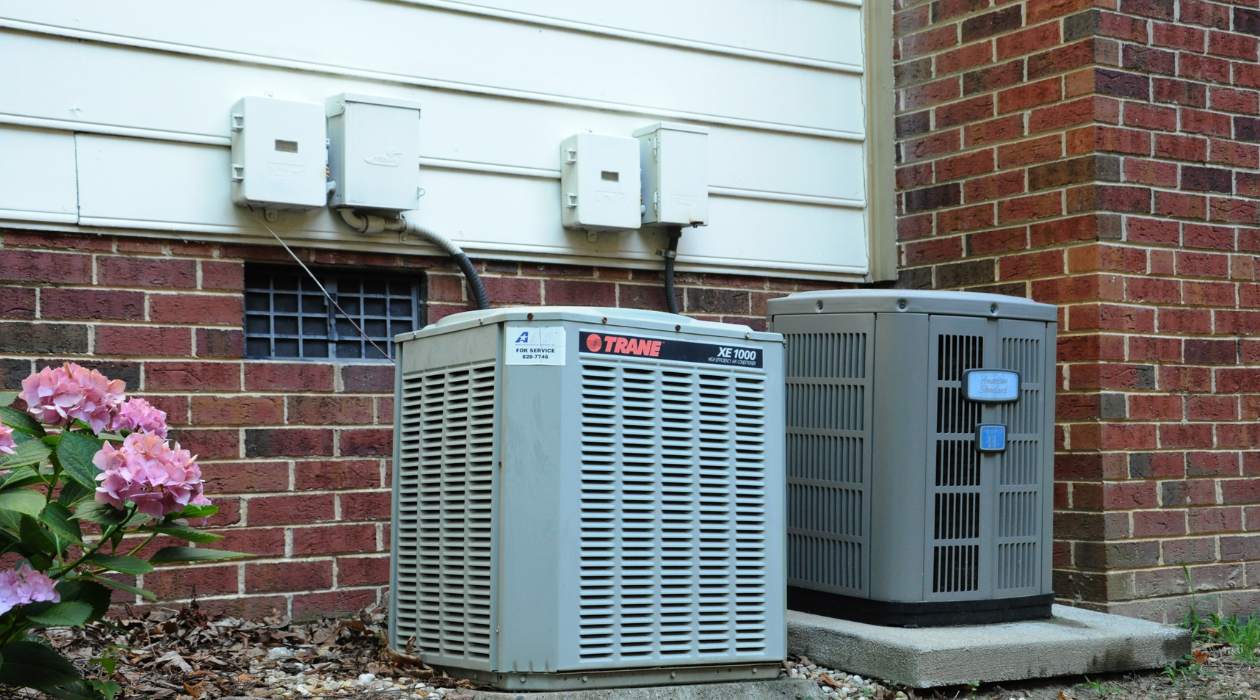
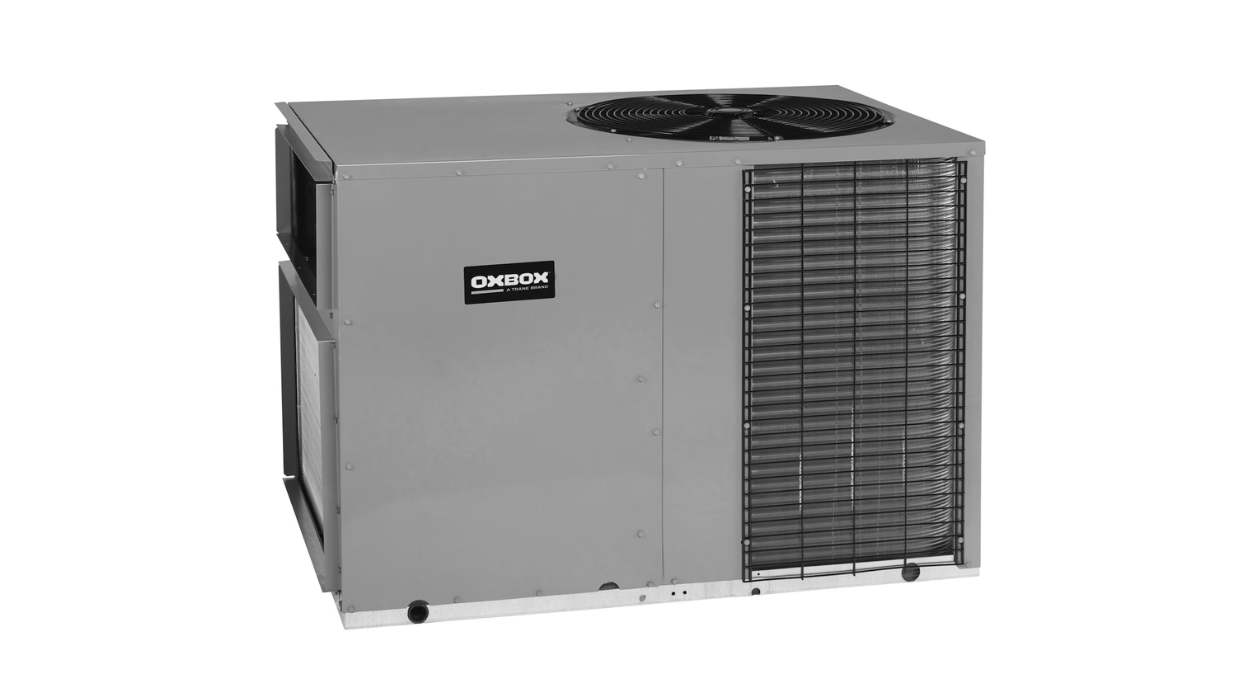

0 thoughts on “Where Can An HVAC System Smoke Control Mode Be Controlled From?”